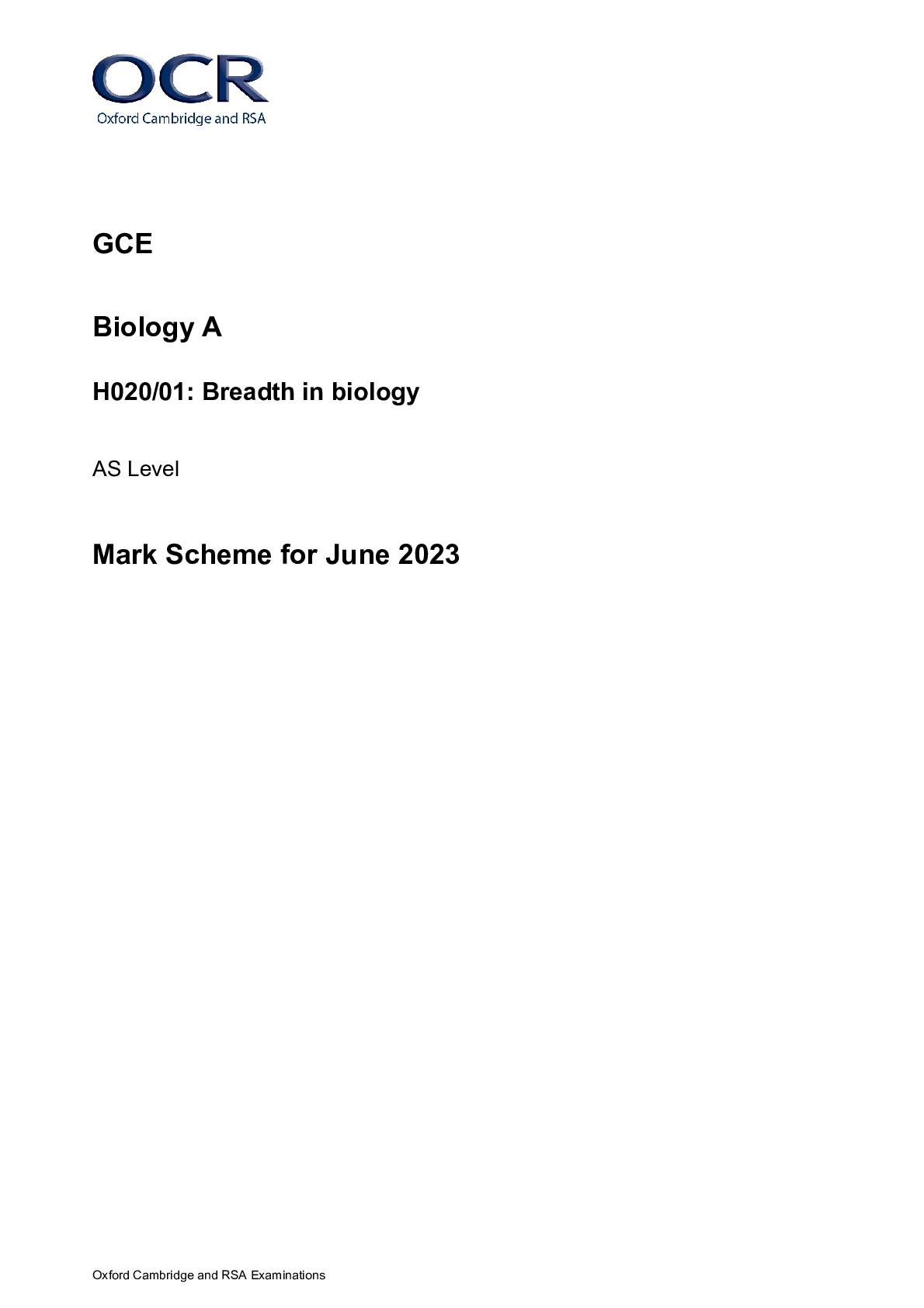English > MARK SCHEMES > OCR Practice paper – Set 1 A Level English Language H470/02 Dimensions of linguistic variation PRA (All)
OCR Practice paper – Set 1 A Level English Language H470/02 Dimensions of linguistic variation PRACTICE PAPER MARK SCHEME
Document Content and Description Below
Question Guidance Marks Text features 1 Text A is a transcript from a private data source. Lizzie aged five and Lara aged three are playing with their father. Lizzie is preparing a surprise for th ... e other two. Using the appropriate terminology to explain your findings, examine the language development stage of both child-participants as evidenced in the transcript. You should identify and analyse the phonology, grammar and meaning of their utterances. Use your knowledge of theories and concepts of child language acquisition to support your answer. Meaning: • Lara’s use of /’tɪʃuː/’, meaning ‘I’d like a tissue’, is a holophrase; she is using a single word to express a more complex idea. • Both participants use labelling correctly ‘eyes’/’fruit’ – Lizzie uses a wider range of labelling, though, and makes more sophisticated word choices. • Lizzie uses a series of imperatives ‘you close your eyes’ to organise the game. 20 Phonology: • Lizzie uses repetition throughout to direct the others ‘no you need to shut them’ • Lara uses the voiced pause ‘mmm’ to signal compliance. • Lara uses repetition of ‘/’tɪʃuː/’ for emphasis • Both children use standard pronunciation, suggesting speech that is relatively advanced for their ages, except that one of Lara’s utterances is inaudible. • Non-standard pronunciation such as /’tɪʃuː/ unstressed syllable • One of Lara’s utterances is inaudible. Grammar: • Most of Lara’s utterances are short telegraphic constructions ‘all out’/’close eyes’, although this may be partly because of her relatively passive role within the game. • Lara adopts her father’s pronoun use accurately in a longer utterance ‘I want one’. • Lizzie’s more sophisticated constructions include accurate use of subordinate clauses ‘you can’t open them until I say’ pronouns and negatives ‘no, you need to shut your eyes’, suggesting post-telegraphic speech. • Lizzie is able to use modal auxiliary verbs to modify her instructions ‘you can’t open them’, confirming posttelegraphic stage. • Lizzie uses standard syntax (e.g. subject-verb-object) appropriately ‘you shut your eyes ’. The inclusion of the• Lara’s language tends to be referential rather than expressive, e.g. ‘close eyes’. possessive determiner helps confirm post-telegraphic speech. There may be specific relevant comment on parental interventions; these should be rewarded (although the focus needs to remain with the child participants). Eg: • The father uses imperative sentence functions (‘come on Liz’), reflecting some underlying authority, but he also uses a compliant interrogative (‘can I open them’) reflecting his co-operation and willingness to participate in the game.H470/02 Mark Scheme Practice paper Question Guidance Marks Text features 1 Concepts: • Lara’s utterance ‘close eyes’ could be linked to Skinner (use of imitation in copying Lizzie) or to Bruner (interaction with caregivers). • The father’s interaction with his daughters provides some scaffolding (Bruner), especially for Lara (‘oh are you going to help me find them’). • Lizzie’s use of hedging ‘yeah well I’m going to do (1) you need (.) you need to just close your eyes’ suggests an adaptive pragmatic response to father’s growing impatience. • Lizzie’s use of imperatives ‘don’t open your eyes’ and declaratives used as mitigated imperatives ‘you need to shut them Lara’ – could be linked to Bruner (interactive), or to Halliday (imaginary language function) in that throughout the discourse the conventional familial hierarchy is suspended for the purposes of the game, with father asking Lizzie’s permission to open his eyes. • Although father is the adult, Lizzie directs most of the discourse, although there are moments when father asserts some authority over each of the children ‘come on (.) Liz’ and ‘blow your nose’ (to Lara). 20 • Most of Lara’s utterances (‘/’tɪʃuː/’, ‘close eyes’) involve nouns, supporting Nelson’s findings that nouns represent 60% of children’s early word production. • Lizzie’s use of imperatives and father’s interventions provide scaffolding for Lara’s utterances, supporting Bruner’s social interaction theory that care-givers encourage linguistic development. • Possible links with innatism e.g. universal grammar: Lara’s use of simple S+V+O construction ‘I want one’. • Lizzie uses a wider range of labelling (can be linked to Aitchison). • Lizzie’s more sophisticated word choices reflected her more advanced cognitive development (link to Piaget). • Lizzie’s management of the others through use of language in social context/mix of authoritative and conciliatory eg through use of modals. • The father’s interaction with his daughters provides some scaffolding (Bruner), especially for Lara (‘oh are you going to help me find them’) [Show More]
Last updated: 3 years ago
Preview 1 out of 3 pages
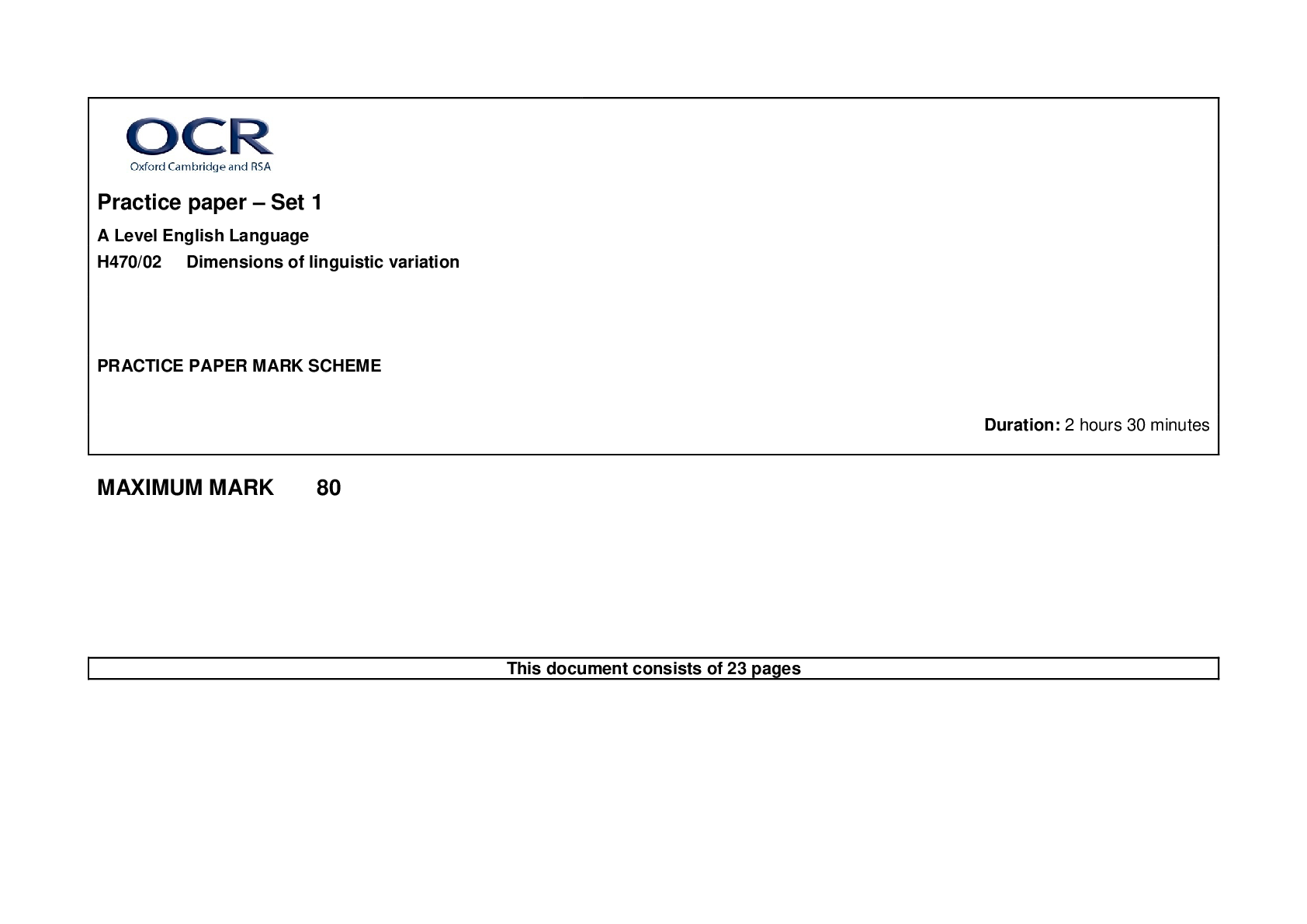
Buy this document to get the full access instantly
Instant Download Access after purchase
Buy NowInstant download
We Accept:

Reviews( 0 )
$12.00
Can't find what you want? Try our AI powered Search
Document information
Connected school, study & course
About the document
Uploaded On
Jul 10, 2022
Number of pages
3
Written in
All
Additional information
This document has been written for:
Uploaded
Jul 10, 2022
Downloads
0
Views
168


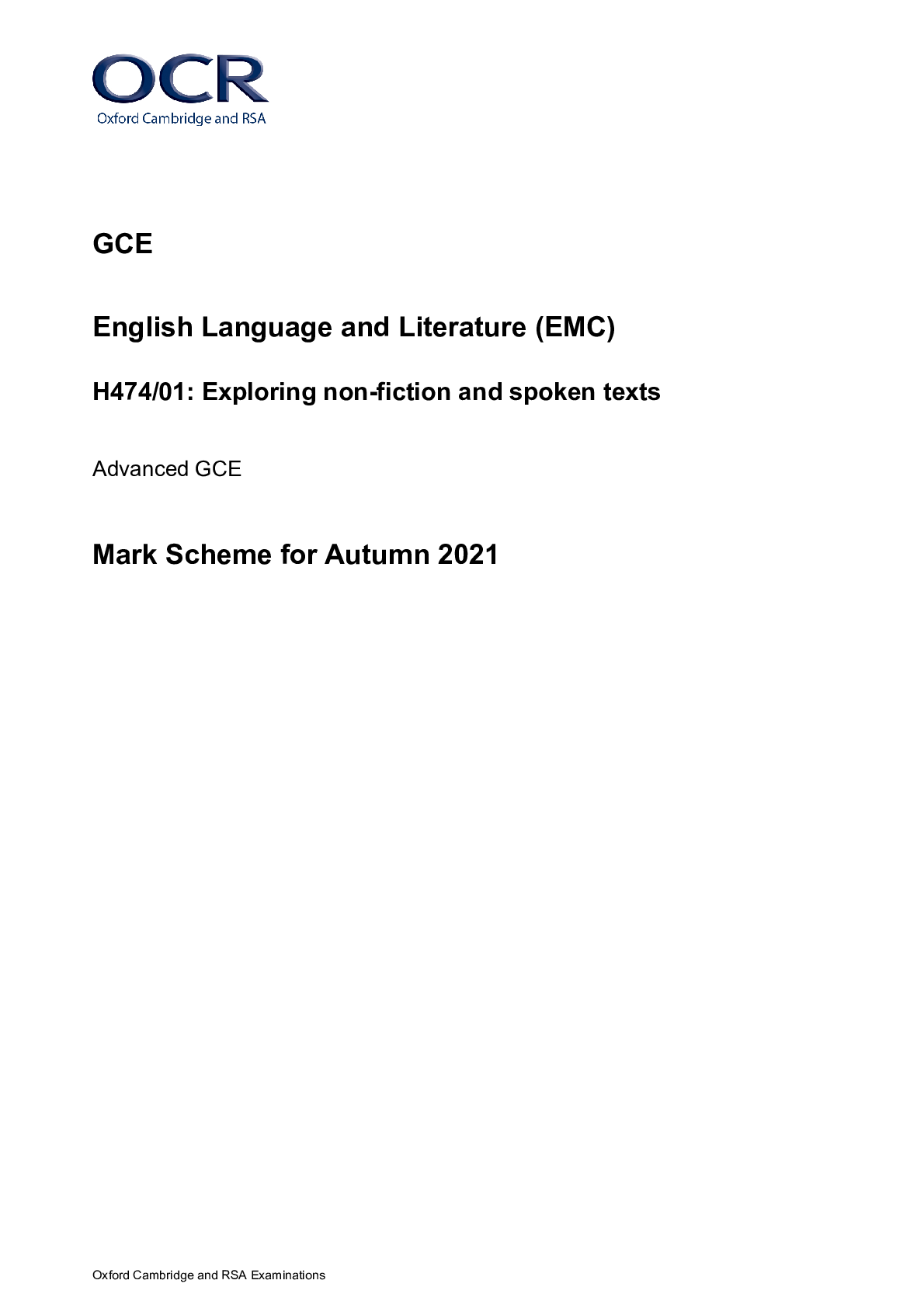
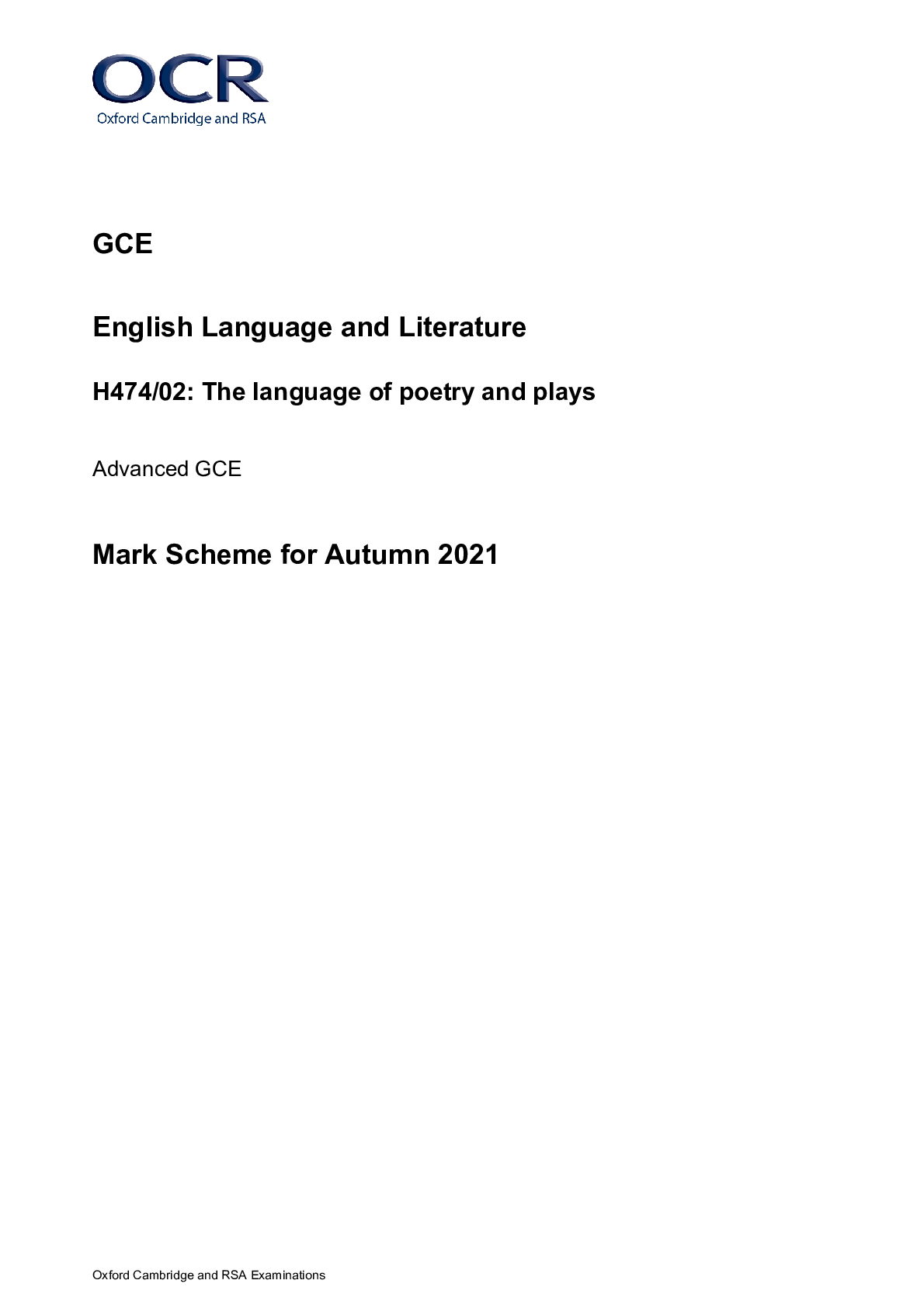
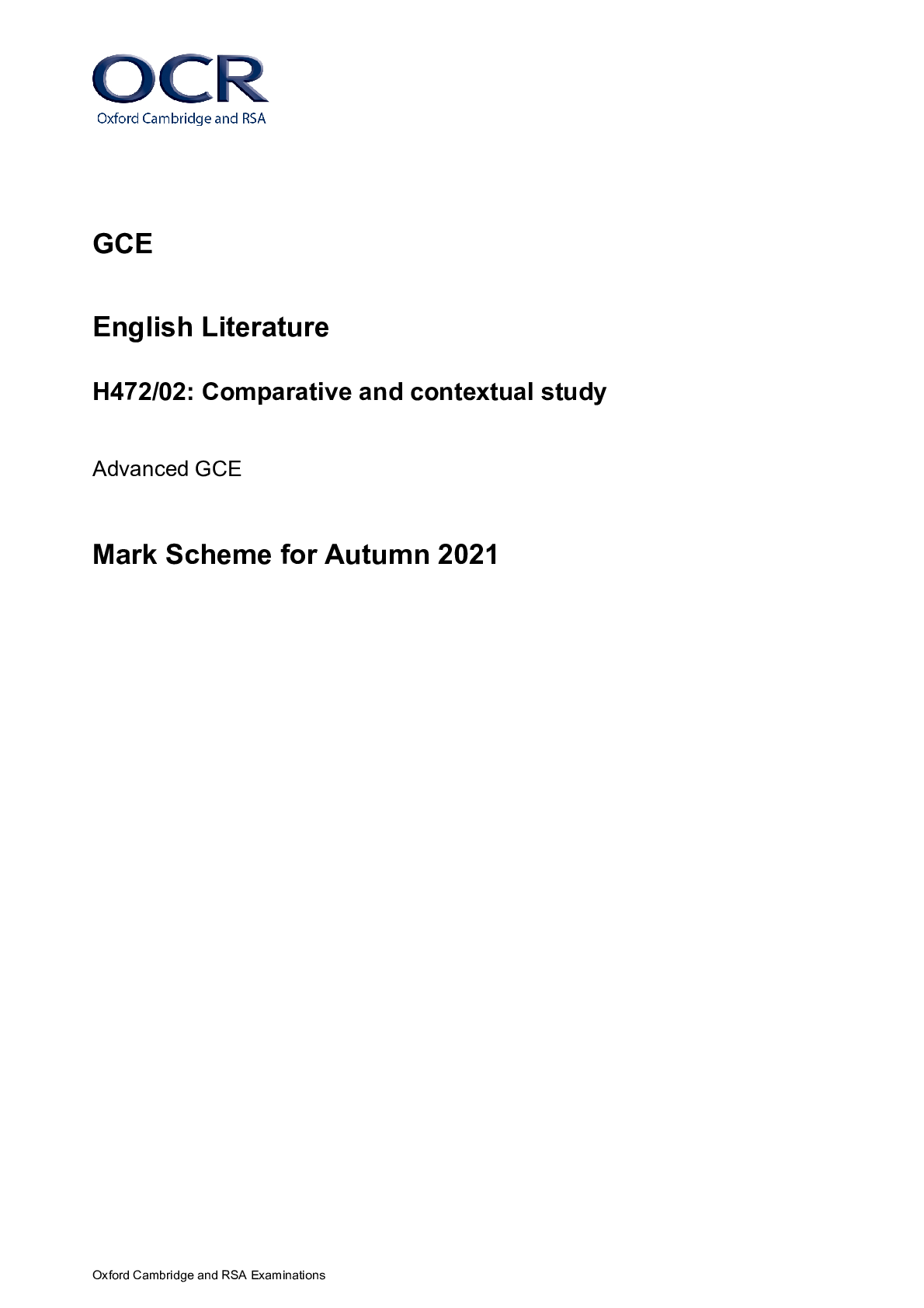

.png)



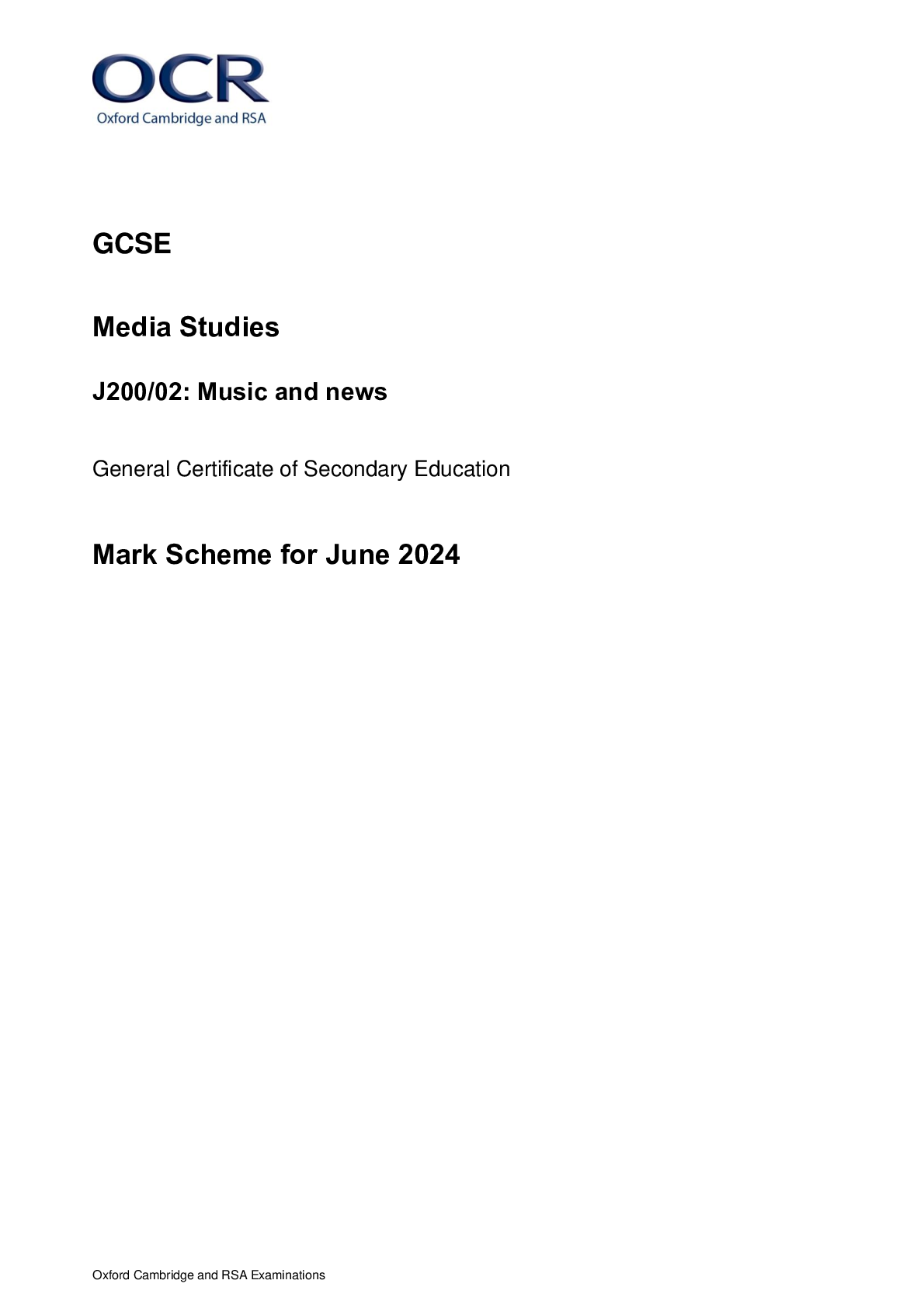

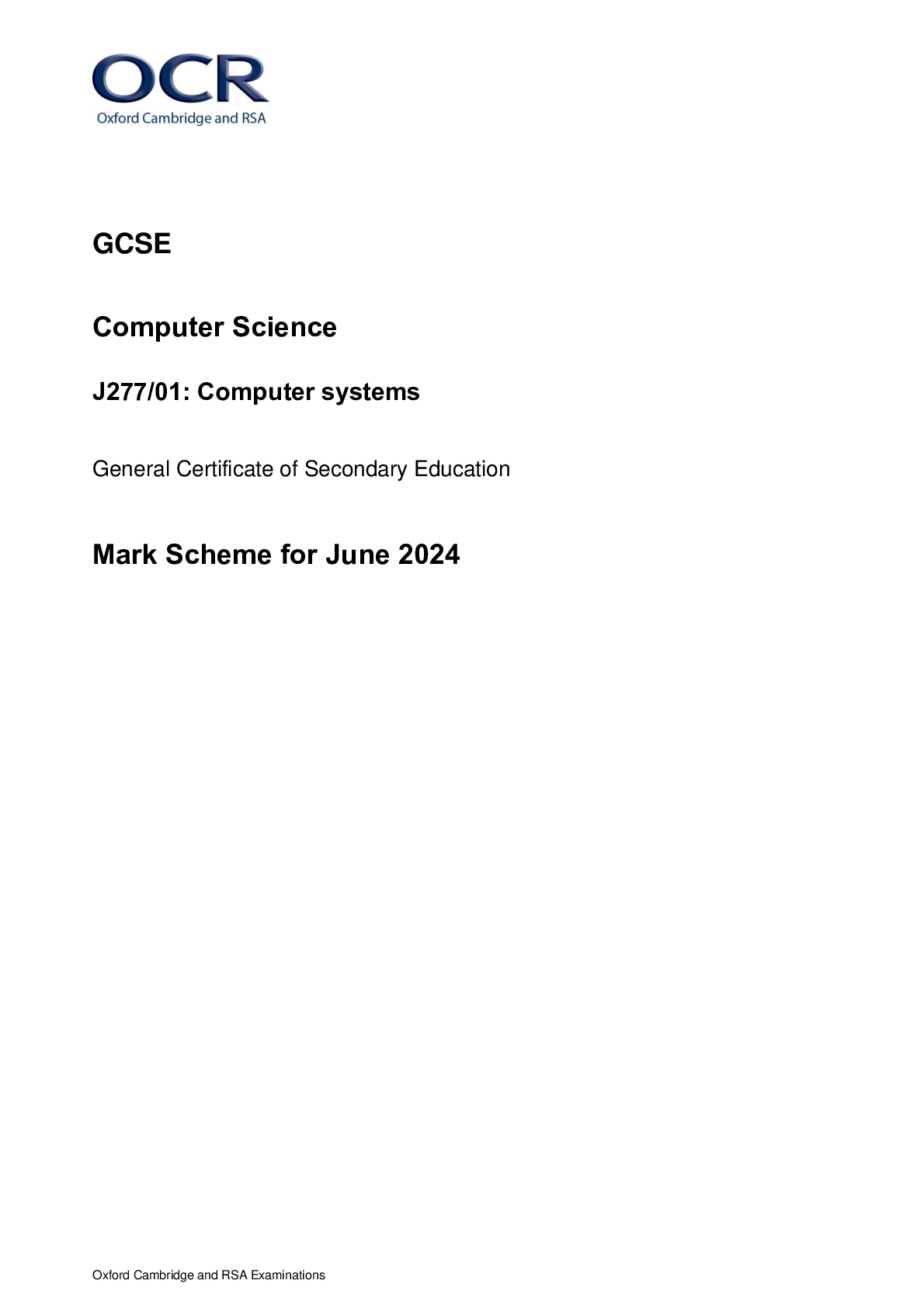
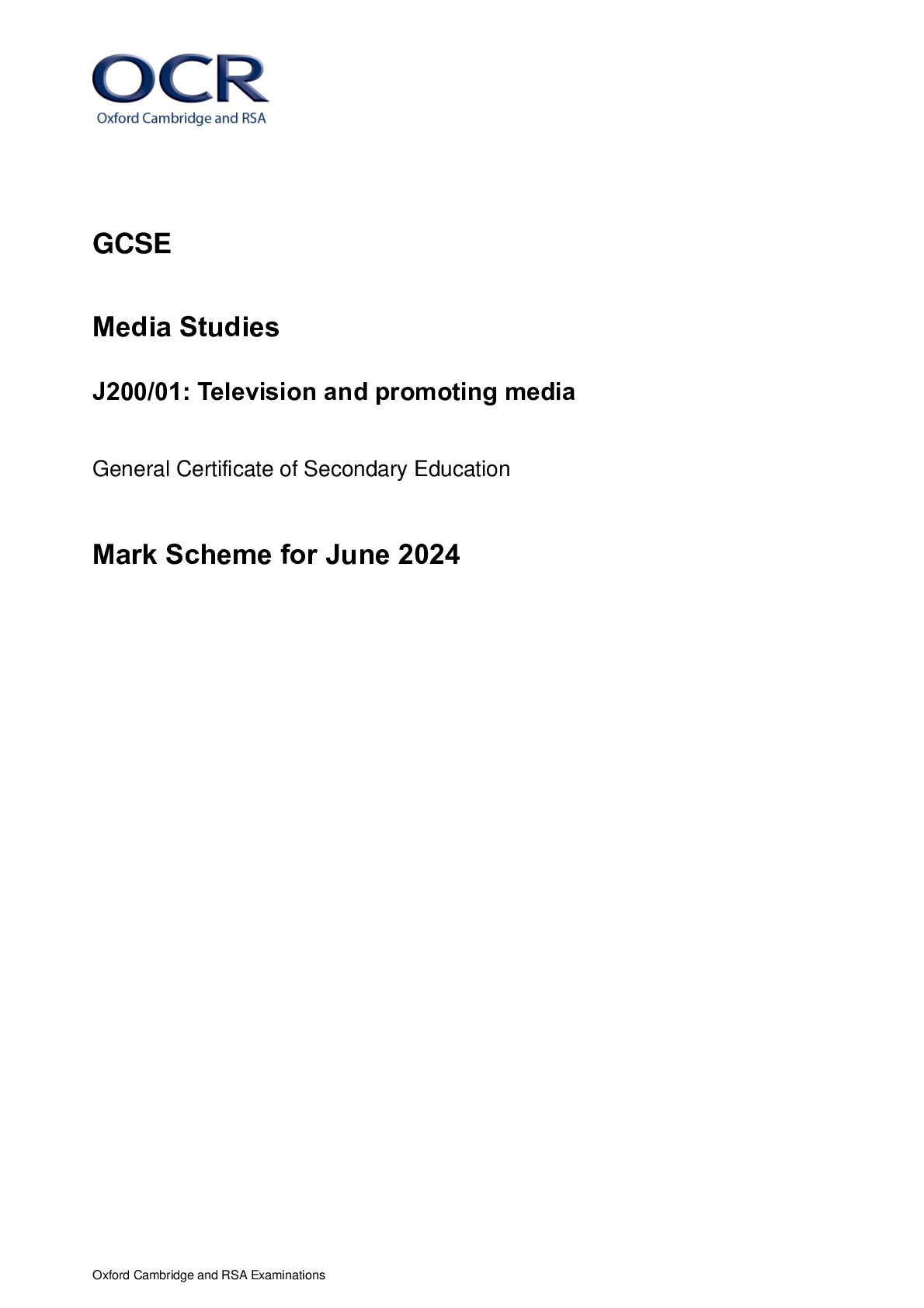
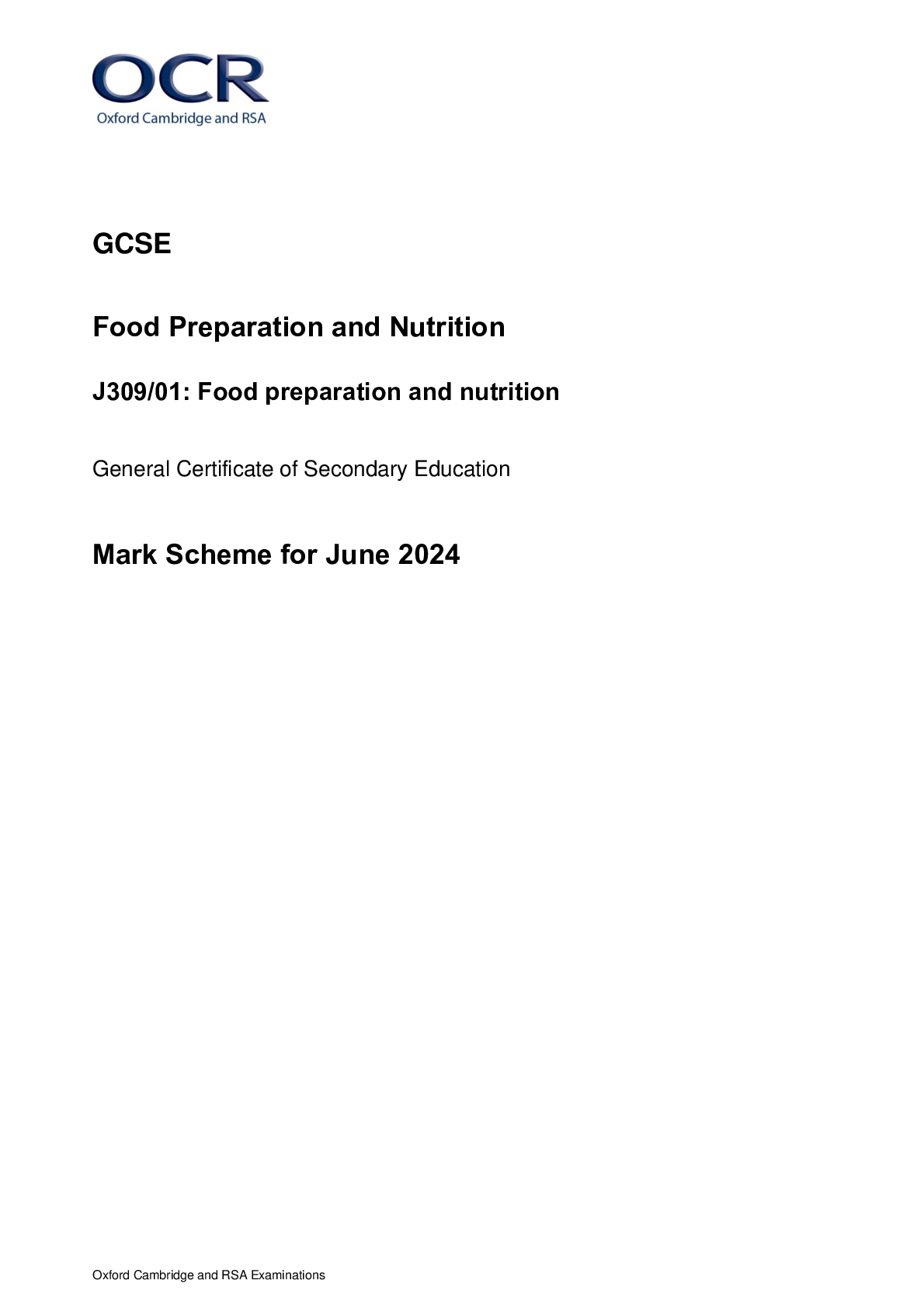
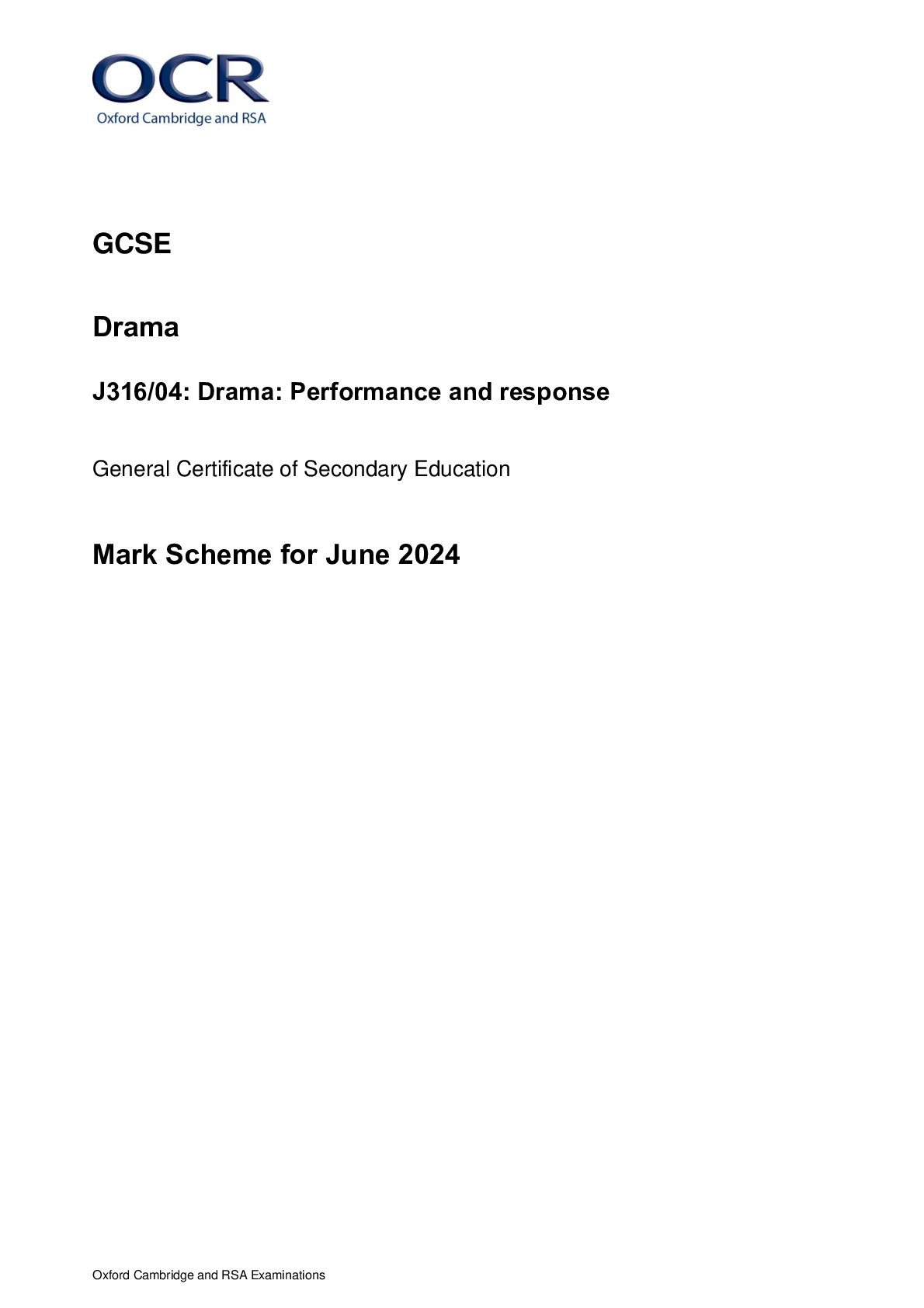
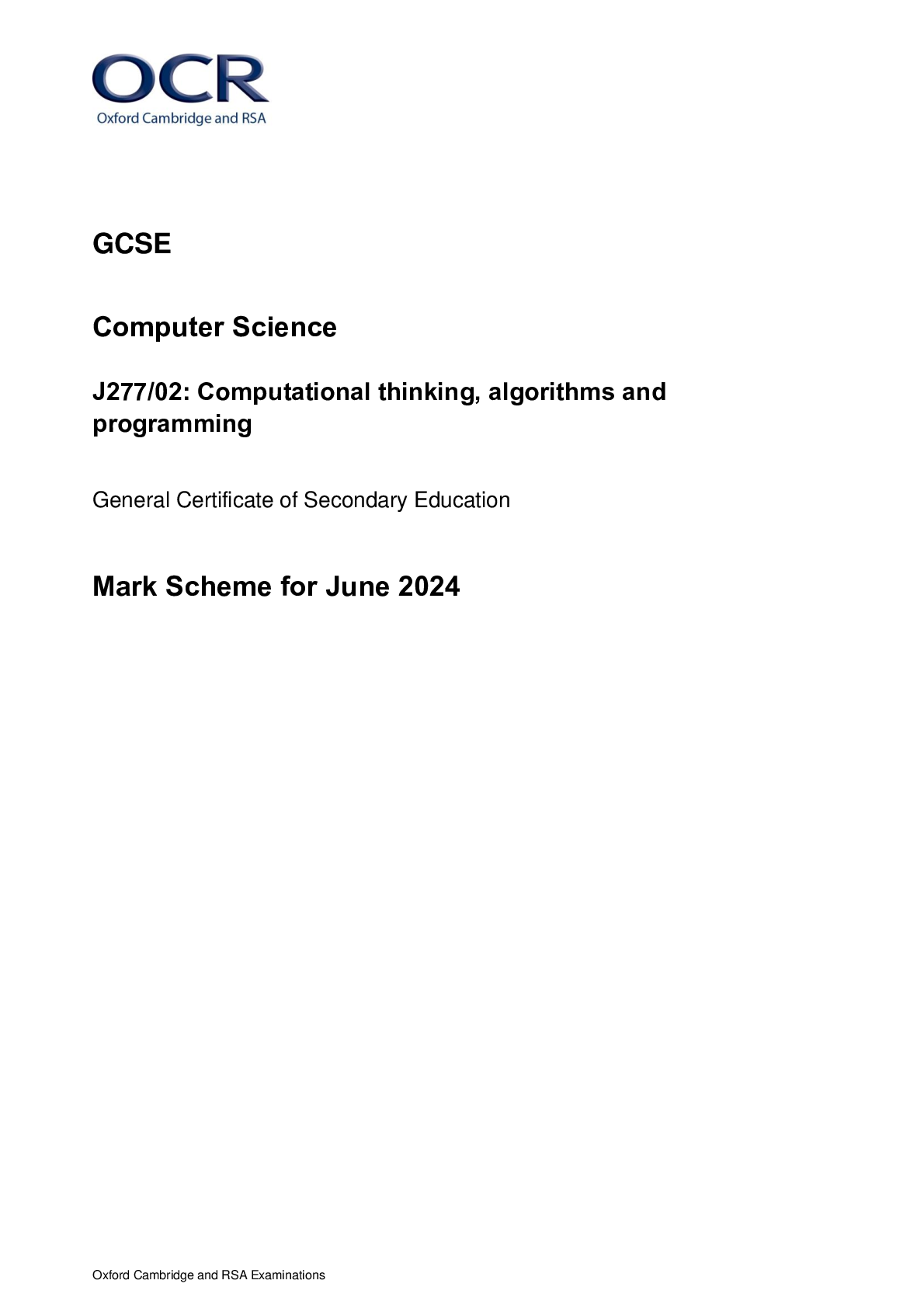
.png)

